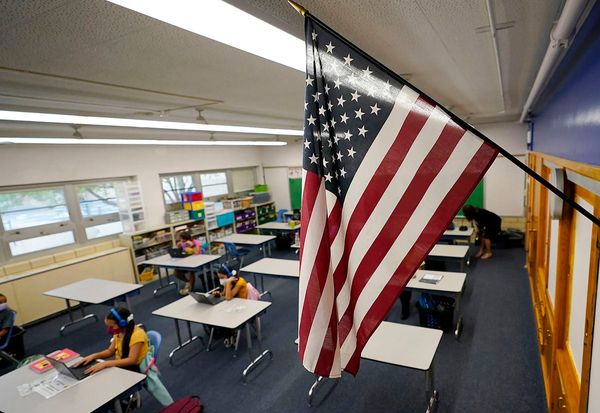
Being a driver or passenger in Manhattan will be getting more expensive. The Metropolitan Transit Authority (MTA) overwhelmingly approved the proposed congestion pricing plan by a 12-1 vote. As of June 30, 2024, motorists entering what the MTA is calling the Congestion Relief Zone (streets and avenues at or below 60th Street in Manhattan) will have to pay a toll.
There are still a few small hiccups. The MTA is still facing seven lawsuits that oppose the plan, but the agency is undeterred and will continue working toward implementation. The 110 gantries needed to detect motorists entering the zone and assess tolls have been erected.
Details of how much the first congestion pricing plan in the U.S. will cost have been finalized. The toll will apply to most motorized vehicles that drive in the Manhattan Central Business District during designated hours. Passengers of taxi and ride share services will have an additional fee added to the fare.
There are schedules for both peak and off-peak pricing. Vehicles that pay any way other than using the E-ZPass electronic toll system will pay significantly more. For instance, the peak price for passenger vehicles is $15.00 with E-ZPass and $22.50 without. The tolls for non-E-ZPass users are on average 33.4% more.
Where is the toll zone?
The Central Business District (CBD) Tolling Program is the official name of the congestion pricing program that will take effect sometime this year in parts of Manhattan.
Drivers will be charged a toll to enter the Manhattan Central Business District that begins in Manhattan south of and including 60th Street down to the southern tip of the Financial District. The plan excludes the FDR Drive, the West Side Highway and the Hugh L. Carey Tunnel connection to West St. Vehicles will be charged the full toll if they deviate from these highways or connections.
How do you pay the toll?
Drivers will be able to use their E-ZPass tags as they already do to pay tolls on other roads, bridges and tunnels. For those who do not have E-ZPass, a bill will be sent by mail to the registered owner of the vehicle.
Consider getting an E-ZPass transponder and driving to Manhattan if you don't have one. The tolls are 66.6% higher when you pay any way other than E-ZPass.
In the first 60 days of the program, drivers will only be charged the applicable Congestion Relief Zone toll. No additional fees, charges, or fines, such as late fees, will be applied.
How much will drivers be charged?
Below is the schedule of toll fees that will be charged based on the type of vehicle used in the congestion zone.
Are there any exemptions to the toll?
New York City operates over 30,000 vehicles, the largest municipal fleet in the country, according to the mayor's office. In addition to the previous exemption of qualified emergency and specialized government vehicles, the MTA has added an exemption for virtually every city-owned official car.
Qualifying authorized emergency vehicles, such as ambulances and fire trucks, will be exempt from the congestion tax. Specialized government vehicles not intended for general transportation, including street sweepers, sanitation trucks, and roadway repair equipment, will also be exempt from the congestion tax.
- Exemptions for the disabled: The Individual Disability Exemption Plan (INDP) is an exemption for qualifying vehicles transporting people with disabilities. Disabled individuals can apply for an exemption for their car or one they designate. Vehicles successfully enrolled in the Individual Disability Exemption Plan (IDEP) are exempt from the tolls. Instructions and requirements to receive the INDP can be found here on the MTA website.
- Exemptions for busses: Transit buses, commuter buses and school buses will also qualify but sightseeing buses will pay the toll. School busses serving public, charter and parochial schools all qualify for the exemption. The Hampton Jitney, Greyhound, Mega Bus and FlixBus will not be hit by the toll.
- Busses NOT exempt: Charter, NY Waterway buses and NYU employee shuttles will not get an exemption.
- Tunnel crossing credits: Vehicles using E-ZPass and entering in the daytime via one of the four tolled entries in the CBD (Lincoln Tunnel, Holland Tunnels, Queens-Midtown Tunnel, and Hugh L. Carey Tunnel) will be eligible for a credit. The credit amount will be up to $5 for passenger vehicles, up to $2.50 for motorcycles, up to $12 for small trucks and charter buses and up to $20 for large trucks and tour buses. The schedule of credits can be found here on the MTA's website. There is no tunnel credit during off-peak hours when fares drop by 75%.
- Low-income drivers: Drivers that receive SNAP, WIC, or TANF benefits or whose household federal adjusted gross income is no more than $50,000 may be eligible for a 50% discount from the peak period passenger vehicle toll rate on their eleventh trip and all trips thereafter in a calendar month. Instructions and requirements to join the Low-Income Discount Plan can be found here on the MTA website.
- Low-Income Tax Credit for Residents: This credit is for residents of the Central Business District whose NY State adjusted gross income is under $60,000. These residents may qualify for a tax credit in the amount of tolls paid. The NYS Department of Taxation and Finance will publish more information about this tax credit in the fall of 2024.







